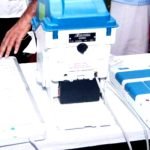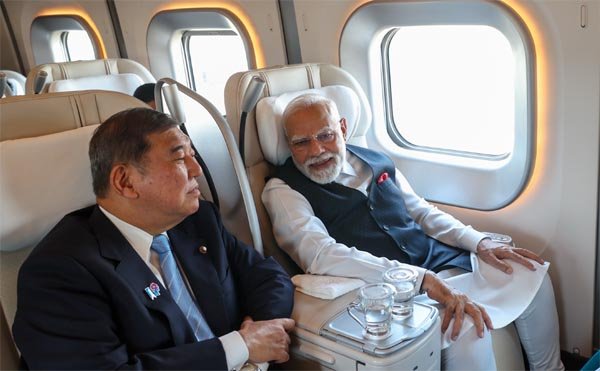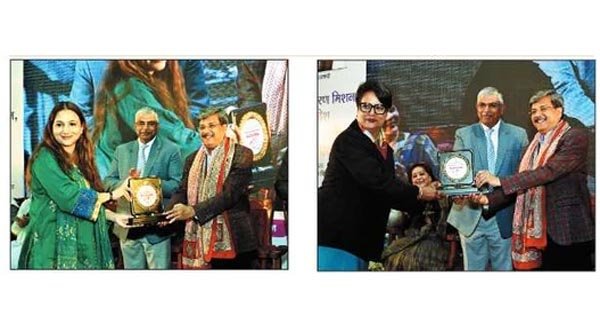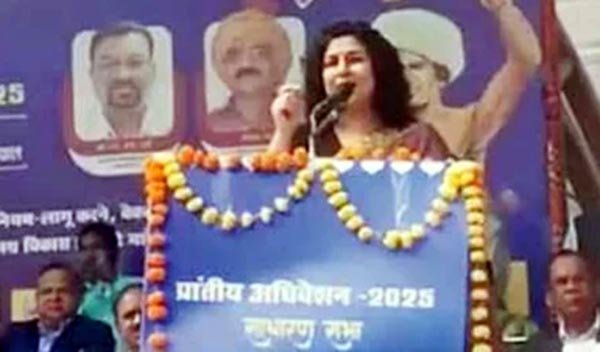Tokyo/ New Delhi, Aug 30 (UNI) Prime Minister Narendra Modi today travelled by bullet train from Tokyo to Sendai with his Japanese counterpart, Shigeru Ishiba, where he will tour key industrial facilities, including a semiconductor plant and a bullet train coach manufacturing site.
The two leaders shared pictures of their train ride on social media.
“With Prime Minister Modi to Sendai. Continuing from last night, I’m accompanying him from inside the car,” the Japanese Prime Minister wrote on X.
Upon their arrival, the two leaders met Indian loco pilots undergoing training at the East Japan Railway Company. They also observed the new ALFA-X train and were briefed about the bullet train by the Chairman of East Japan Railway Company, also known as ‘JR East’, the train operator.
PM Modi, who is on a two-day official visit to Japan for the 15th India-Japan Annual Summit, is visiting Sendai to tour key industrial facilities, including a semiconductor plant and a bullet train coach manufacturing site.
The two prime ministers also announced the India-Japan Economic Security Initiative, aimed at boosting bilateral cooperation in the field of economic security. This includes securing and strengthening supply chains for critical goods and sectors and accelerating collaboration in critical and emerging technologies, with particular focus on telecommunications, pharmaceuticals, critical minerals, semiconductors, and clean energy.
Japan is focused on reducing its dependence on imports and creating a more resilient semiconductor supply chain.
The facility near Sendai, in Miyagi Prefecture, is a new semiconductor wafer fabrication plant being developed by Taiwan’s Powerchip Semiconductor Manufacturing Corporation (PSMC). It is being built in partnership with SBI Holdings and Japanese stakeholders under the joint venture Japan Semiconductor Manufacturing Company (JSMC).
Located at the Second Northern Sendai Central Industrial Park in Ohira Village, the plant represents one of Japan’s biggest initiatives to revive its chip-making industry.
The plant will manufacture 12-inch semiconductor wafers, starting with 40-nanometre technology and later expanding to 28 nm and 55 nm nodes.
The prime ministers also reaffirmed the importance of the Mumbai-Ahmedabad High-Speed Rail as a flagship project between India and Japan. They agreed to work towards the commencement of operations at the earliest and to cooperate on introducing the latest Japanese Shinkansen technology in India.
The Indian side appreciated Japan’s offer to introduce, in the early 2030s, the E10 series of the Shinkansen, which runs on the Japanese signalling system. To this end, both sides agreed to immediately begin work necessary for the early installation of signalling systems, including the Japanese system—as well as for the introduction of the General Inspection Train (GIT) and one set of E5 series Shinkansen rolling stock.











